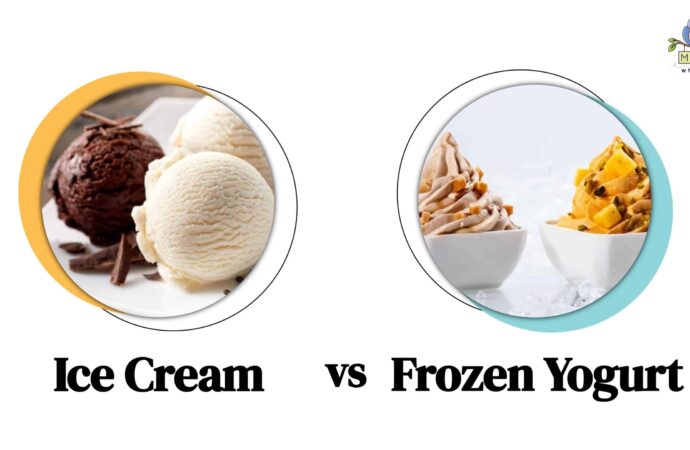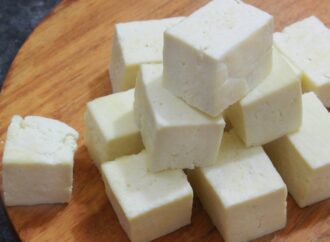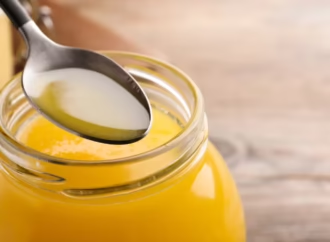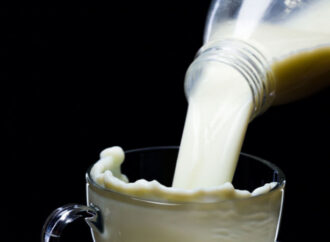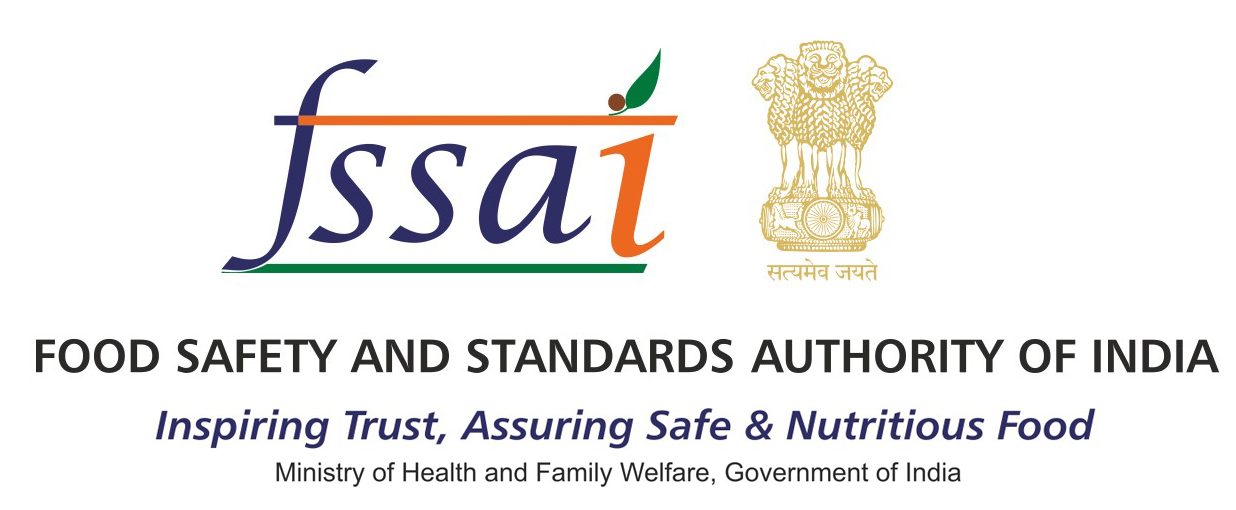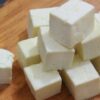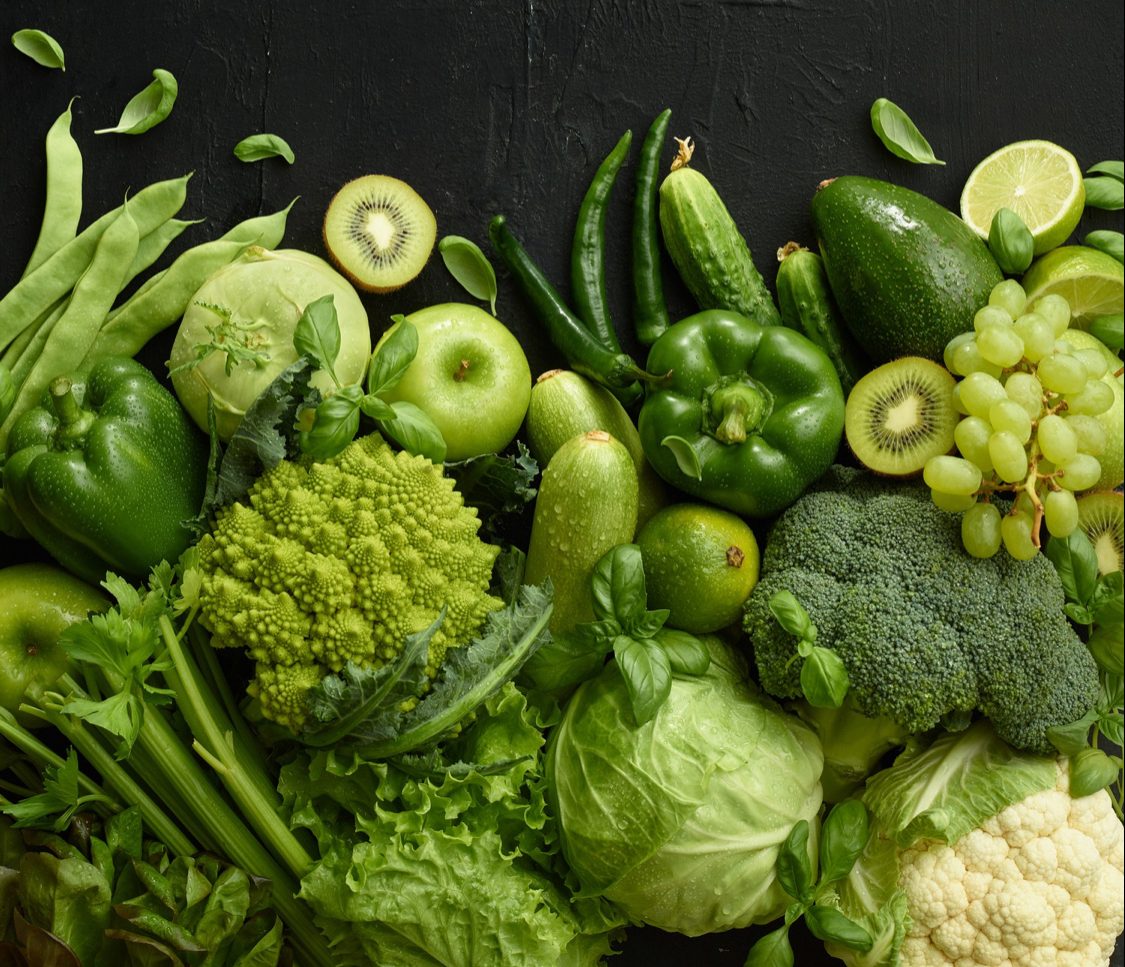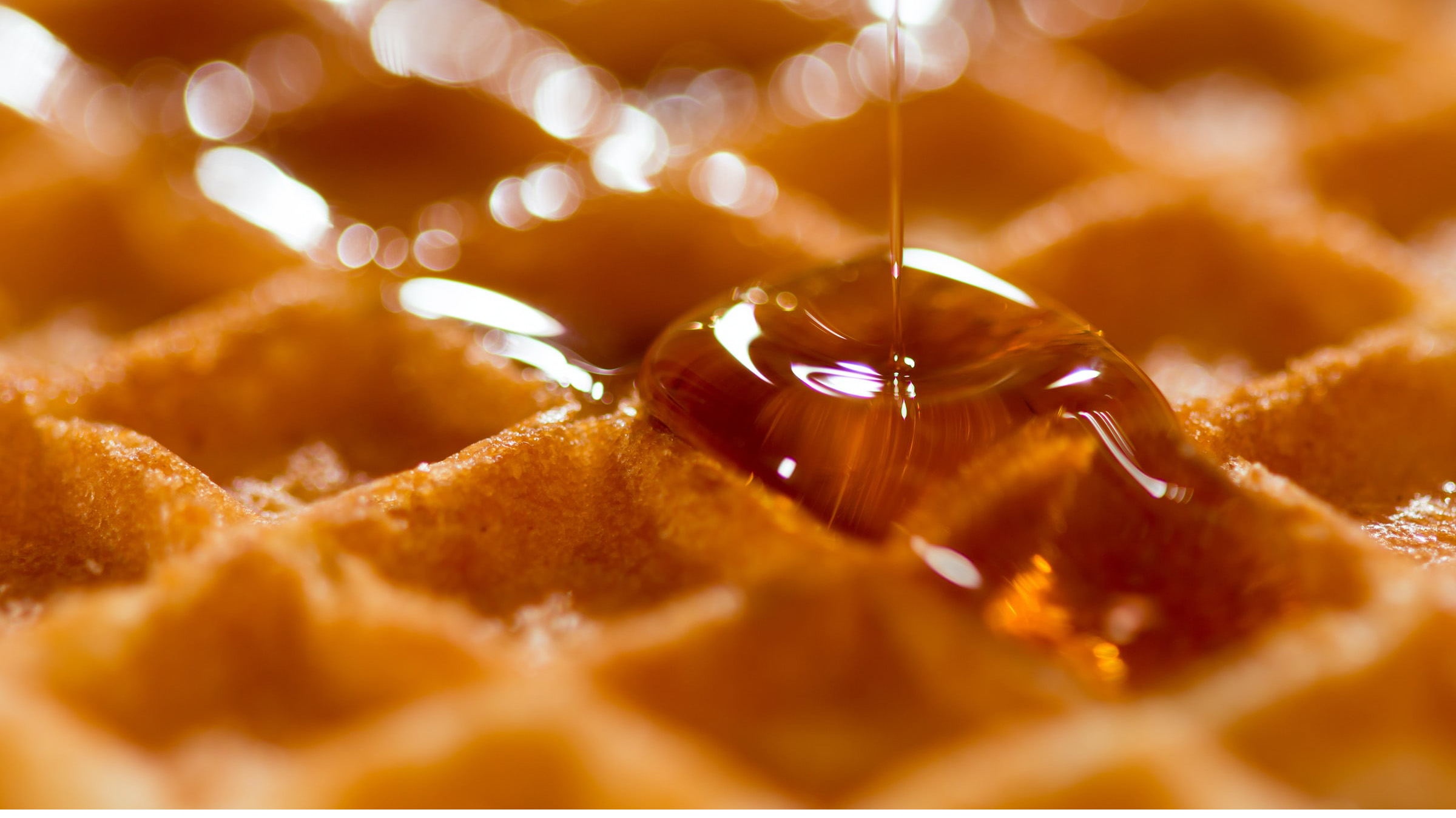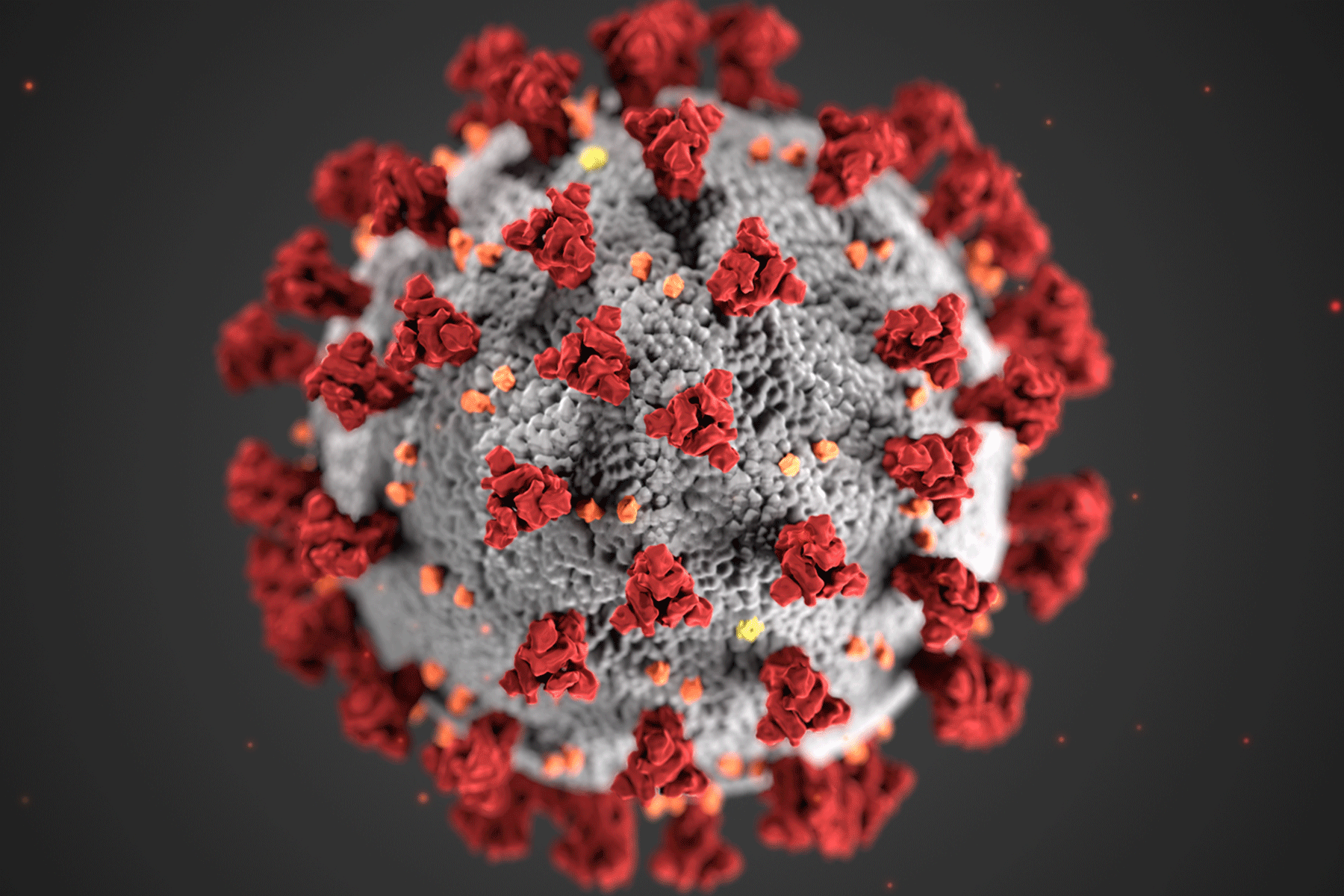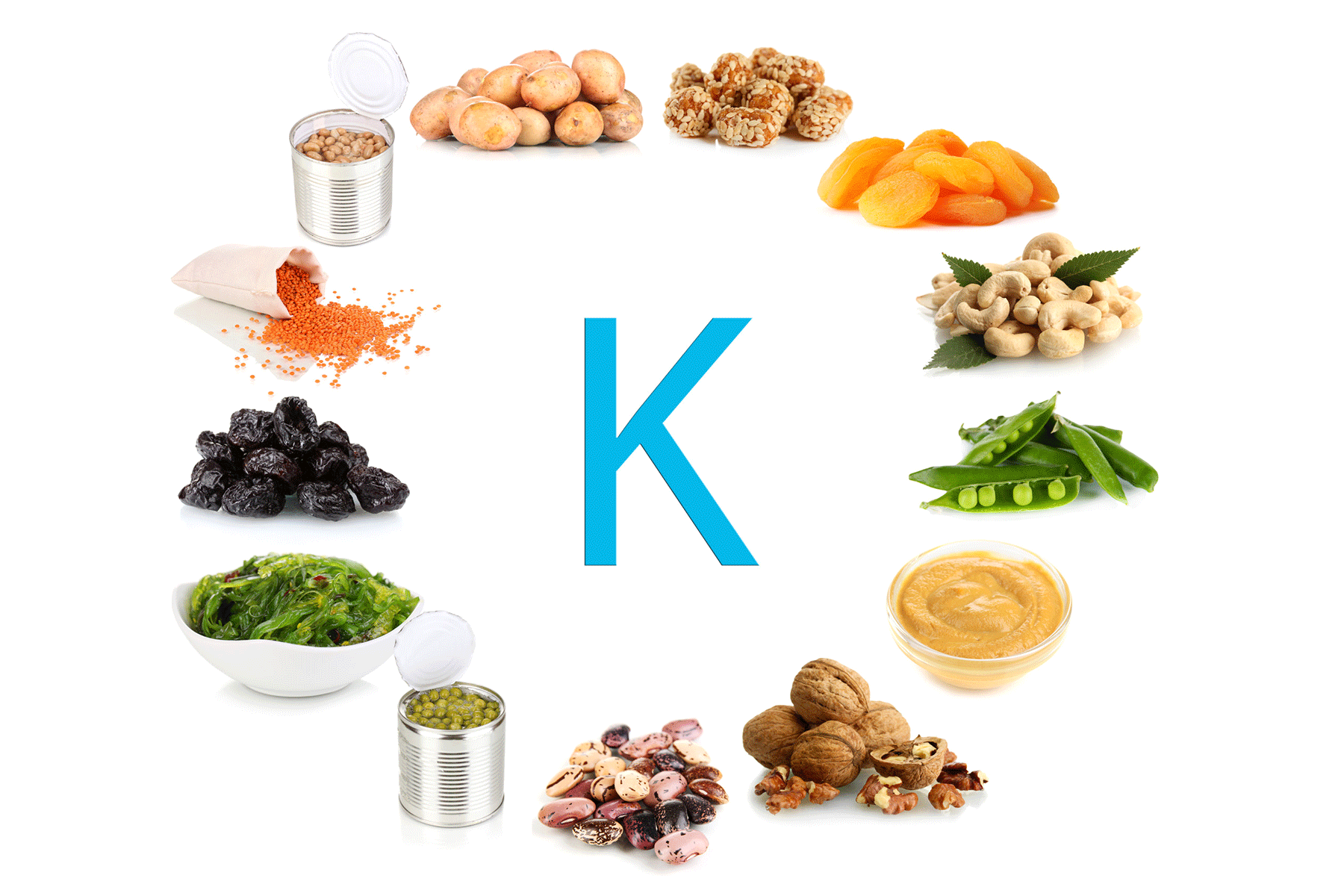When you enjoy a cold treat like ice cream or frozen dessert, you expect it to be safe, tasty, and true to its label. In India, the Food Safety and Standards Authority (FSSAI) enforces strict regulations to ensure these products meet high standards of safety, quality, and transparency. Though both may look similar, they differ significantly in ingredients, processing methods, storage requirements, and nutritional content. FSSAI clearly defines these differences through detailed rules, helping consumers make informed choices and protecting them from misleading claims or unsafe products.
Know the Key Differences
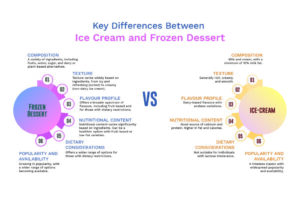
Ice cream delivers a creamy, dairy-based experience, while frozen desserts use lighter vegetable fats. Though they may look similar, they differ in key ways—starting with their ingredients, how manufacturers make them, how they’re stored, and how labels identify them. Learn to spot the difference and choose your treat wisely!
Ingredients and Composition
FSSAI requires ice cream to contain at least 5% milk fat and 14% total milk solids, all sourced strictly from dairy ingredients like milk, cream, or milk powder. It prohibits the use of any vegetable fat in ice cream. If a product contains non-dairy fat, manufacturers must label and sell it as a frozen dessert.
Manufacturers create frozen desserts using vegetable oils or fats (such as palm oil or hydrogenated fat) as the main fat source. They often choose these fats for their lower cost and longer shelf life, although they alter the product’s nutritional value and taste. FSSAI allows only approved emulsifiers, stabilisers, and synthetic colours in limited, safe amounts for both types.
Taste and Texture
Milk fat gives ice cream its smooth, creamy, and rich mouthfeel by acting as a natural emulsifier and flavour carrier. It creates a dense, indulgent texture that defines traditional ice cream.
Manufacturers make frozen desserts feel lighter and less creamy by using vegetable fats. These fats can leave a slightly oily aftertaste and reduce the full-bodied richness that dairy provides. To lower costs and lighten the texture further, manufacturers often incorporate air (overrun) during processing.
Nutritional Profile
Ice cream provides natural dairy nutrients like calcium, vitamin A, vitamin D, and protein, making it more nutrient-dense due to its milk-based content.
Frozen desserts don’t naturally contain these nutrients unless manufacturers fortify them. Depending on the vegetable oil used, they may also contain higher levels of saturated or trans fats. FSSAI permits and encourages manufacturers to fortify both ice cream and frozen desserts with vitamins A and D to improve nutritional value, but it doesn’t make fortification mandatory.
Melting Point
Ice cream holds its shape better under mild temperature changes because its milk fat and protein structure give it a higher melting point.
Frozen desserts melt faster since vegetable fats melt at lower temperatures. This can affect their presentation and may diminish the sensory experience if not eaten quickly.
Shelf Life
Manufacturers conduct mandatory shelf-life testing for both ice cream and frozen desserts under controlled conditions. Ice cream typically has a shelf life of 6 to 9 months, depending on storage conditions.
Frozen desserts tend to have a slightly longer shelf life because their stabilised vegetable fats are less prone to microbial spoilage and rancidity compared to dairy fat.
Cost of Production
Ice cream production costs more because manufacturers use dairy ingredients, premium packaging, and stricter cold chain management.
Frozen desserts cost less to produce since vegetable fats are cheaper, and they allow for simpler, lightweight packaging and greater storage tolerance.
Labelling Requirements
FSSAI mandates clear, unambiguous labelling. Key rules include:
-
Must be labelled as “Ice Cream” or “Frozen Dessert” depending on the fat source.
-
Labels must list: ingredients, fat source (dairy or vegetable), fat percentage, nutritional values, allergen information, expiry date, and manufacturing details.
-
Misleading terms (e.g., calling frozen dessert “ice cream”) are strictly prohibited.
Packaging & Storage
Ice cream packaging uses thicker, insulated tubs or cartons with airtight seals to prevent freezer burn and maintain texture. It must be stored at -20°C or lower.
Frozen desserts require tamper-proof, hygienic packaging, often using lighter materials. They can tolerate slightly variable conditions and store well at -18°C to -20°C due to the stability of vegetable fats.
Health & Consumer Preferences
People often prefer ice cream for its taste, texture, and dairy nutrition, making it the go-to option for those seeking a premium, indulgent dessert.
Consumers with lactose intolerance, vegan diets, or specific health concerns may opt for frozen desserts, while those prioritising natural nutrition and rich flavour usually choose ice cream. However, it’s important to watch out for the type of fat used in frozen desserts, as some may contain trans fats or hydrogenated oils, which are less healthy.
Conclusion
Indian FSSAI regulations carefully distinguish ice cream from frozen desserts to ensure you get safe, authentic, and high-quality frozen treats. From ingredient composition to packaging, storage, and labelling, these rules protect your health and help you make informed choices. Understanding these differences lets you enjoy your favourite frozen delights with confidence, knowing they meet strict safety and quality benchmarks.
 Food Manifest
Food Manifest 